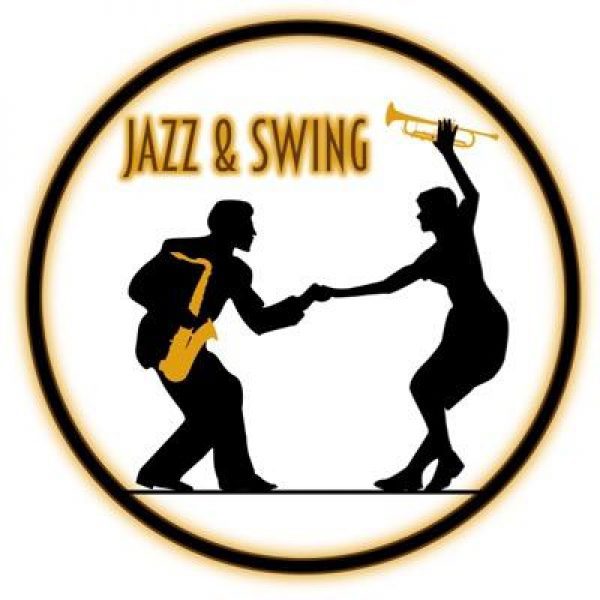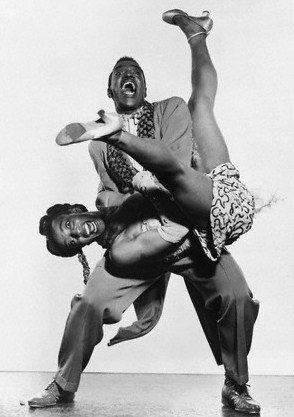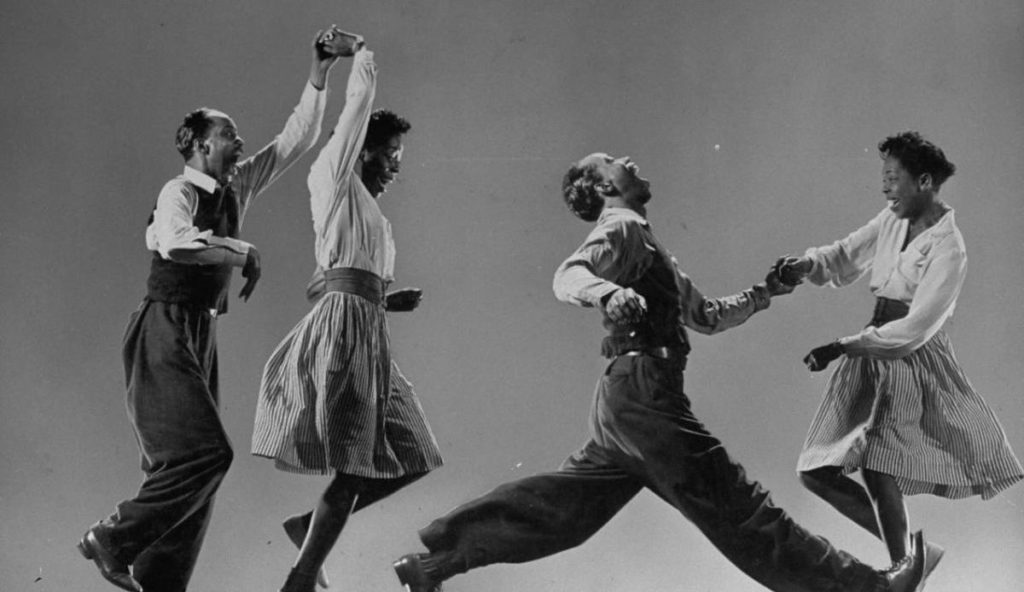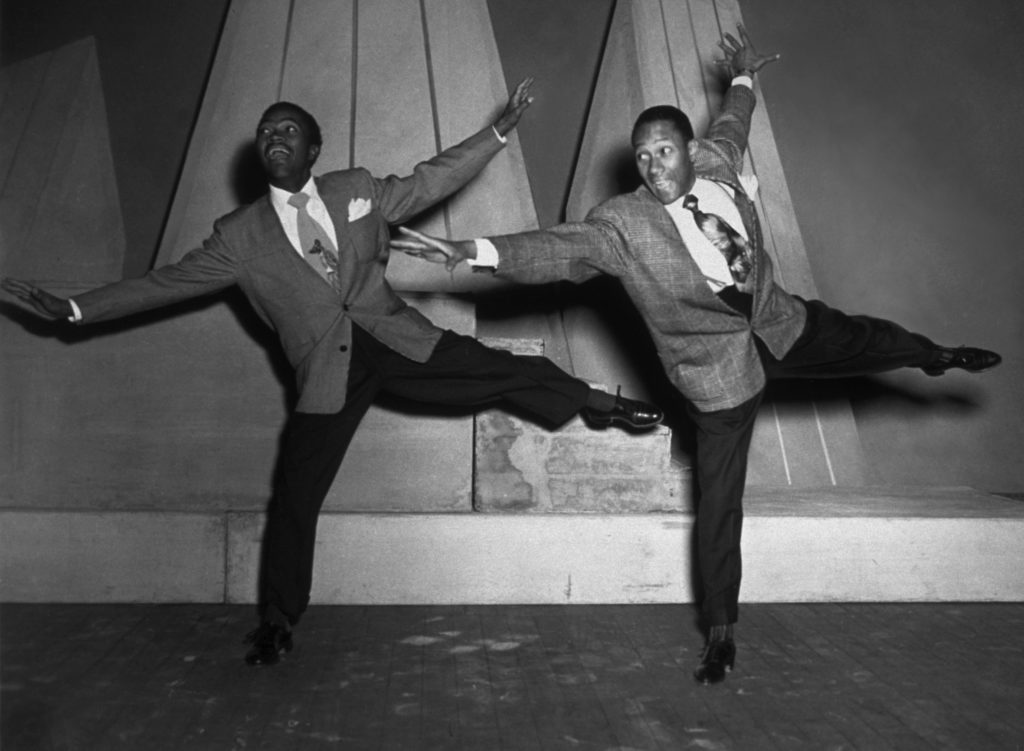
Founded in the heart of New Orleans, Louisiana, Jazz is a genre of African-American music that was original and heavily influential in the twentieth century. Jazz shaped American culture in many aspects, one of them being dance. Swing revolutionized and evolved what we know as partner dancing, giving Americans many forms of entertainment from the 1920’s all the way to the 1990’s.

Swing was a form of dance music popular in the 1920’s that was generally performed by major big bands. The style of both big bands and swing were created by African-Americans, but they never got their recognition. With segregation still being prominent, many venues, shows and networks refused to allow African-Americans to play, leaving the space open for white bands. These bands were then given credit for creating swing and became the poster face for jazz, and the African-Americans were never recognized for their work.

The Lindy Hop was created in Harlem and mimicked dances like the Charleston and Foxtrot. It was an 8-count dance that was very fast-paced, and when African-Americans saw the dance was being stolen from them, they decided to call it the “jive” and “jitterbug”.

The shim sham, also known as the shim sham shimmy, was a line dance that consisted of both jazz and tap steps. The dance was popular in the 1930’s, and lots of tap dancers used it as a warmup before they performed.
The swing dances evolved over time through its music evolving. With music evolving from the 1920’s to 1990’s, the swing dance evolved to fit its genres, some of these including Jazz, Bop, Rhythm and Blues (R&B), Rock n’ Roll and Disco. Over time, swing dances became ballroom dancing, but regardless, its legacy still lives on.
“Swing Dance History.” Dance America, Inc., www.dance-america.com/swing-dance-history-83.html.

Login to your account